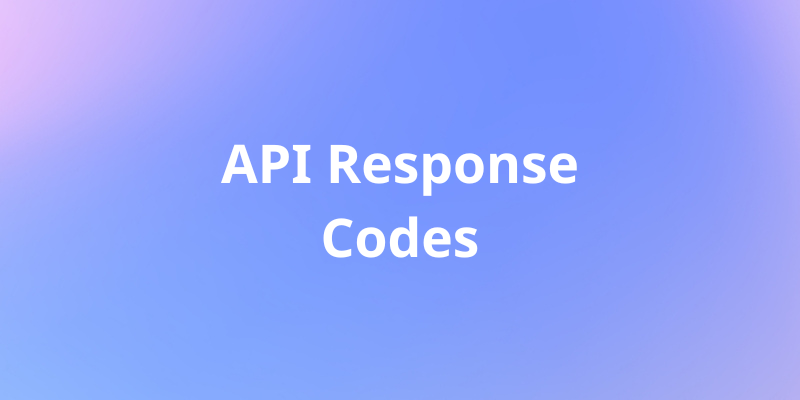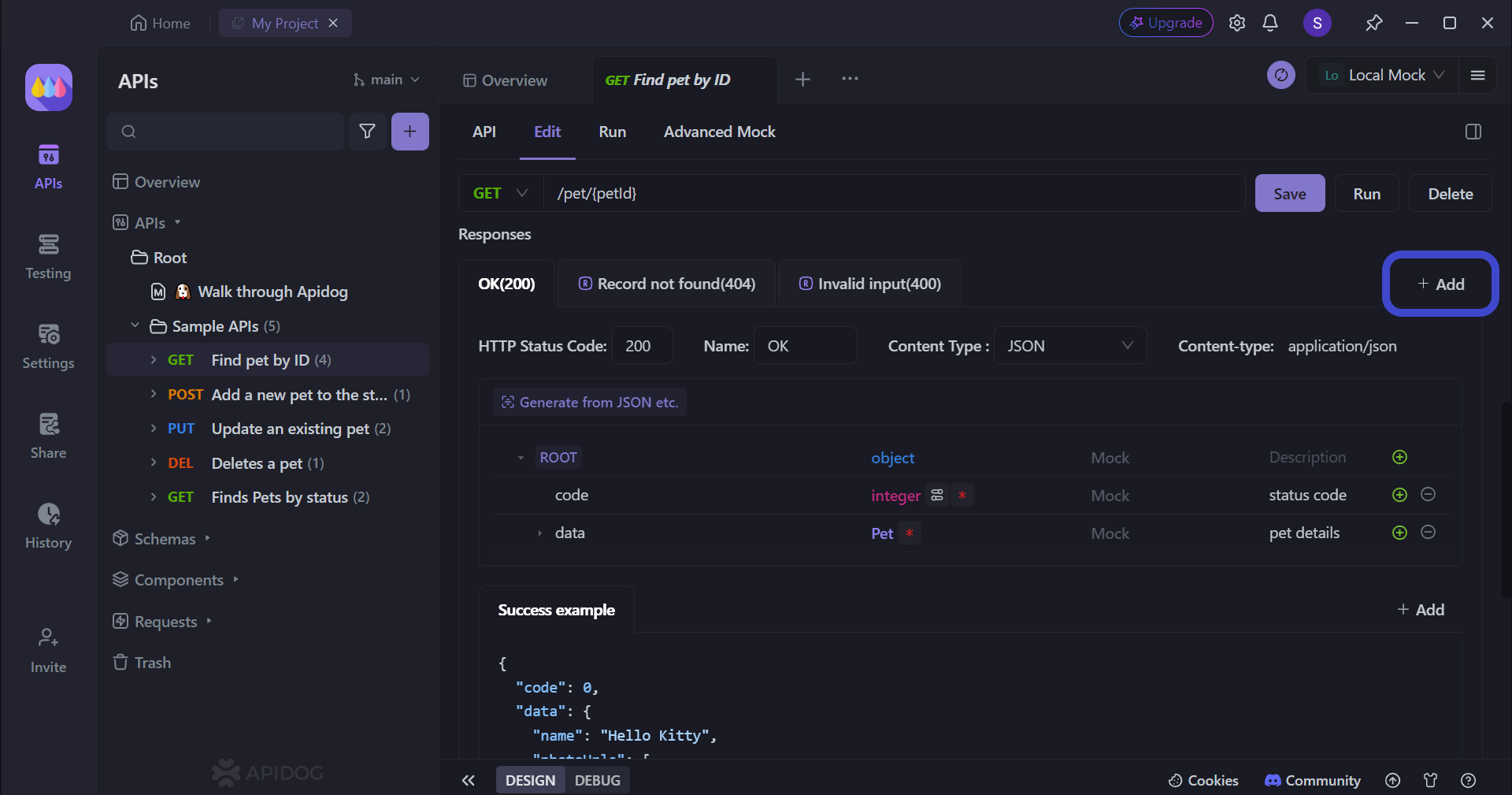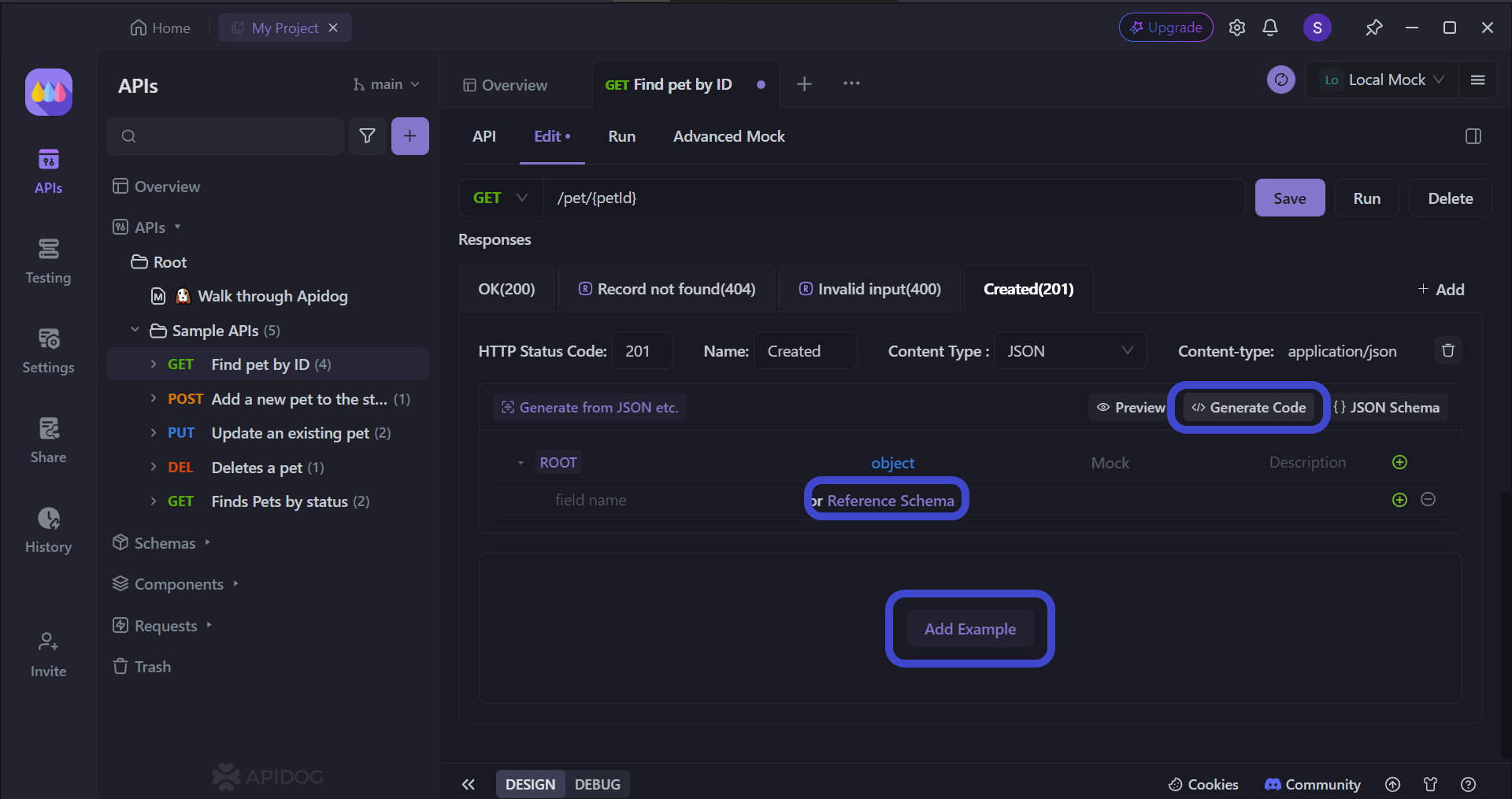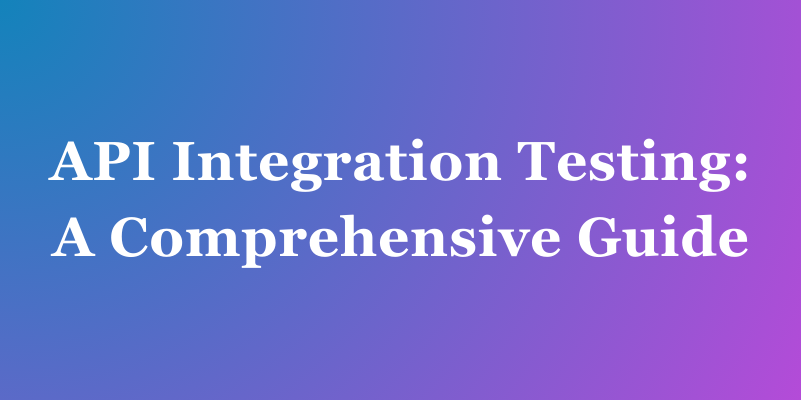[Solved] Postman 400 Bad Request
The "400 Bad Request" error in Postman indicates a client-side issue hindering API communication. Examine request syntax, headers (ensuring mandatory elements and formats), and data (verifying against API schema) to pinpoint the cause and ensure successful interactions.
The "400 Bad Request" error in Postman can disrupt your API development workflow. This status code signifies that there is an issue with the request itself, preventing the server from processing it.
With a beautiful and intuitive user interface, you can quickly get accustomed to your new API development environment.
Get a head start on your API development journey with Apidog by clicking the button below!

This guide delves into the common causes and provides a structured approach to effectively troubleshoot and resolve the error, ensuring seamless communication between your application and the target API.
What is Postman?

Postman is a complex API tool that provides developers with a wide variety of functionalities for all things API-related. You can build, test, and document APIs with ease. As it is a popular API tool that many developers use, you can also consult with numerous online communities that are more than happy to answer your Postman questions.
What is a Postman 400 Bad Request Error?
In Postman, a 400 Bad Request error indicates that the server encountered an issue with the request you sent. Unlike errors on your end (like connection problems), a 400 Bad Request signifies a problem with the request itself that prevents the server from processing it.
Potential Reasons for 400 Bad Request Errors in Postman

1. Incorrect Request Syntax: Double-check the URL structure to ensure it adheres to the API's specifications, including correct path parameters and query strings. Additionally, verify that you're using the appropriate HTTP method (GET, POST, PUT, etc.) based on the intended action (retrieving, creating, updating data).
2. Missing or Incorrect Headers: Scrutinize the headers in your request. Are all mandatory headers present, and are they formatted correctly? Refer to the API documentation for any specific requirements regarding header names, values, and formats (e.g., Content-Type: application/JSON). Common mistakes include missing authentication headers or using an unsupported content type.
3. Invalid Request Body: The data you're sending in the request body might be causing the 400 error. Here are some potential issues:
- Typos or Data Mismatches: Meticulously examine the request body for typos, incorrect data types (e.g., sending a string where a number is expected), or missing required fields.
- Data Schema Violations: Ensure the structure and format of your data comply with the API's defined schema. Utilize Postman's built-in JSON validation functionality or consult the API documentation for data format requirements.
4. Encoding Issues: In rare cases, encoding problems with special characters in the request body can lead to a 400 error. Try disabling URL encoding in Postman settings if you suspect this might be the issue.
Effective Debugging Strategies:
To efficiently troubleshoot 400 Bad Request errors, follow these steps:
- Consult the API Documentation: This is your primary resource. It should detail the expected request format, headers, and data structure.
- Inspect the Error Response: The server might provide specific details within the error message that can pinpoint the problem area. Look for clues about missing fields, invalid data types, or unsupported formats.
- Utilize Postman's Features: Leverage Postman's built-in validation tools to check the syntax of your request and the structure of your JSON data.
- Simplify Your Request: Start by building a basic request with minimal data and headers. Gradually add complexity until you identify the element causing the error.
Apidog - Set Your API's Description of a 400 Bad Request
Apidog, a free and feature-rich development platform, simplifies every step of API creation. From design and testing to mocking and documentation, Apidog equips developers with everything they need to build robust APIs. Its user-friendly interface makes it easy to learn, allowing both beginners and seasoned developers to get up and running quickly.


View an API's 400 Bad Requests and More Using Apidog
A Postman's 400 Bad Request message is one of many potential outcomes that an API might return. To provide better context on what is happening with your API, you can view all possible responses to see what other codes you may receive aside from a 400 Bad Request.

Firstly, select an API whose response you'd like to check. In the picture. In the picture above, the API selected is Find pet by ID.
Next, click the Edit header as shown in the picture above. Now, scroll down until you reach the Responses section, where you can see the various API response codes along with their assigned names in this API.

The example API response codes found in this picture are OK(200), Record not Found(404), and Invalid input(400). Note that in this example, the code number 400 has been replaced with Invalid input as its name.
The API response codes may differ depending on the HTTP methods that are selected. To understand more about which API response codes to use, you can check out this related article about REST API methods:

You may also have realized that you automatically generate the corresponding JSON response code via importing. That's right - Apidog has built-in code-generating features that allow API developers to accurately produce code based on existing code or file imports. It allows API developers to produce APIs with higher success rates in a shorter period.
Creating Additional API Response Codes for an API using Apidog
Using Apidog, you can create more API responses to cater to different situations that may occur between the client-server interaction via the API. Many things may possibly go wrong, therefore, it is best to provide context as to which party made the mistake.
By identifying whether it is a client or server fault with the correct response, API developers can quickly provide the solution, regardless of which side is to blame.

Firstly, locate this + Add button on the same row as the API response code headers.
For this example, choose Add Blank Response, which should lead you to this pop-up:

In this step, it is required to provide a proper name for the Response code, as well as the corresponding HTTP status code. Make sure to use the response code examples above as a reference. You want the response code name and status code to be both intuitive, so choose them wisely!
Personalize Your New API Response Code With Apidog

The above picture demonstrates a new API response called Created(201). With Apidog, users have the freedom to choose how they want to advance in the development of the response code.
Perhaps if an existing API response code exists for reference, you may also copy and paste that reference code into the Add Example section, providing yourself with more context when you come back to further refine your API.
Conclusion
While encountering a "400 Bad Request" error in Postman can be a setback, remember it often signifies a fixable client-side issue. By systematically examining your request's syntax, headers, and data against the API documentation, you can pinpoint the culprit and get your communication flowing smoothly once more.
This experience can also serve as a valuable learning opportunity, reinforcing best practices for constructing well-formed and compliant API requests. With the troubleshooting techniques outlined here and a bit of perseverance, you'll be well-equipped to navigate future 400 errors and ensure seamless interactions with your target APIs.







